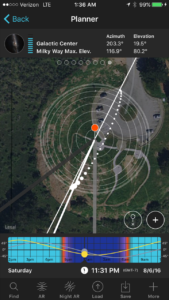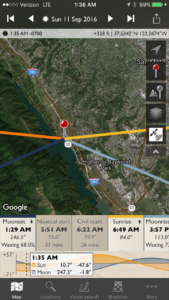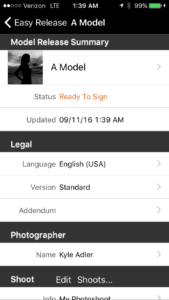How do professional travel photographers on assignment create those amazing, make-your-jaw-drop images? You know, the photos we see when browsing the pages of a major travel magazine or website? There are several advantages the pros have, including technique honed over decades of practice, state-of-the-art equipment (with prices to match), and the ability to spend a lot of time at the same location, returning again and again until the time of day, lighting, weather conditions, and subject matter are perfectly aligned for a great shot. But one advantage available to the pros can be borrowed, at least in part, by the rest of us who love travel photography, too. That is the use of a “fixer,” a local expert who knows the region, the language, the culture, and the way to get things done, and whose expertise helps the travel photographer get those incredible shots.
While we were visiting a carpet weaving collective in Goreme, Turkey, our group’s trip leader introduced me to this worker who was enjoying a cup of Turkish coffee during her break. Buy this photo
If you are traveling on a group trip run by a good travel company, you may already may have a fixer working to make your experience (including your photographic experience) as rewarding as possible. The operator will likely have chosen an itinerary that will get you off the beaten path and into the settings where unusual and powerful images can be made. They will have arranged your accommodations and transportation well in advance of your departure. The company should have planned some activities and excursions that will allow you to interact with local people and see how they truly live. And best of all, they have provided you with a local expert, often called a trip leader or program director, who knows the lay of the land, speaks the local language(s), and can facilitate your getting the kinds of shots you want. This is of paramount importance when you want to have lots of interaction within a culture very different from your own, which I believe is the best part of traveling as a photographer.
For example, I made the above portrait after being introduced to the young worker at a carpet weaving collective by our trip leader in Turkey. He translated so that she and I could get to know each other a little bit first, and then asked her if I could make her portrait. It is certainly possible (I’ve done this countless times) to ask for yourself by using sign language, pointing to your camera, and smiling a lot, but having a local person with you can be a great help.
Sometimes, knowing where to go to seek out authentic cultural interactions works magic. I captured this shot of our host family during a home-hosted lunch on an estancia (ranch) in Patagonia.

Our hosts, Chango and his extended family, were happy to pose for a portrait after we enjoyed their hospitality on their Patagonian ranch. A local guide and good travel company can help arrange these kinds of authentic interactions. Buy this photo

Visiting a rural elementary school in Tanzania afforded us the chance to meet kids in the classroom. This type of experience would be hard to arrange while traveling independently, but a good group leader or guide can facilitate meaningful interactions with local people. Buy this photo
When the trip is scheduled specifically to attend a special event, it is especially vital to have a good leader who is adept at working with local professionals to plan all the details. For example, it was quite a major logistical feat to get a large group of scientists and photographers into place to study and view a total solar eclipse in a part of the world as remote and forbidding as Svalbard. Our trip leader partnered with an astrophysicist who is a world authority on eclipses, beginning years in advance of the solar event, to ensure we had the best chance possible of clear weather conditions and the right vantage point from which to study and photograph the eclipse. This is the sort of value that an expert fixer brings when you book a trip with one of the top companies.
Our eclipse expert and one of his students set up their gear on the morning of the total solar eclipse in Svalbard. Buy this photo
To be sure, there are some compromises required for group travel, and having access to a shared program director is not the same as having a dedicated personal fixer to arrange your photo shoots for you. I like to travel independently in places with developed infrastructure and where I can readily bridge the cultural or language gaps myself. That said, I also love to travel in small groups run by excellent travel companies, in large part because their planning, coupled with the knowledge of the local trip leader, helps me make those memorable images.
Want to read other posts about planning your travel photography? Find them all here: http://www.to-travel-hopefully.com/category/travel/plan/
Have you had a situation where you got your shot thanks to the knowledge of a local expert? How do you arrange your travel when you’re visiting remote parts of the world or when you want to have lots of interaction within a culture very different from your own? I’d love to hear your thoughts and experiences! Please respond via the comment box.













